US firm’s first-of-its-kind nuclear reactor gets funding boost to power data centers.
Aalo Atomics raises $100M to build its Aalo-X nuclear reactor, aiming to be the first to directly power a co-located data center for AI.
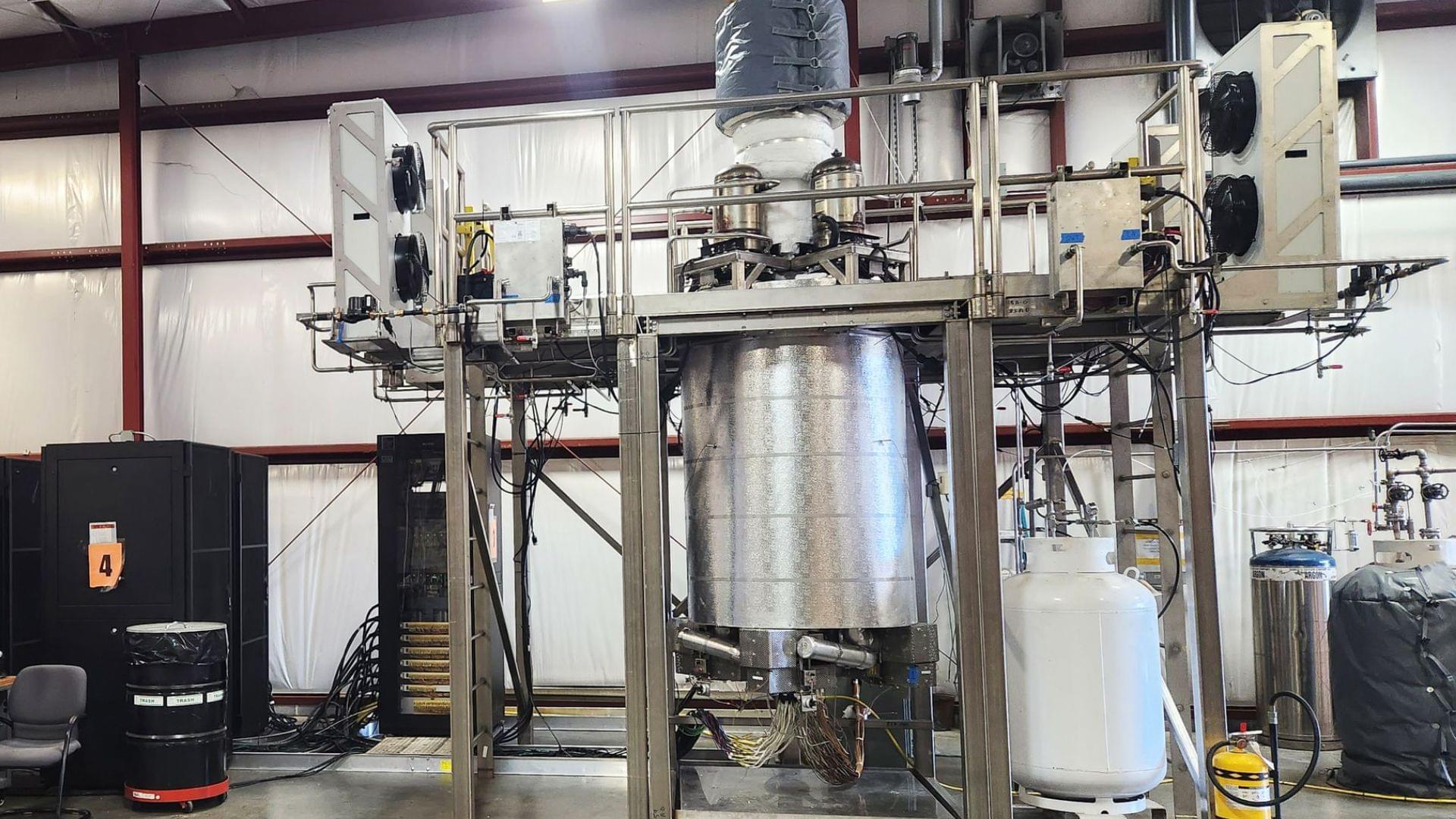

Terence Tarnowsky, a physicist at Los Almos National Laboratory (LANL), will present his results at the fall meeting of the American Chemical Society (ACS). ACS Fall 2025 is being held Aug. 17–21; it features about 9,000 presentations on a range of science topics.
FOR IMMEDIATE RELEASE
Lea este comunicado de prensa en español
WASHINGTON, Aug. 18, 2025 — From electric cars to artificial intelligence (AI) data centers, the technologies people use every day require a growing need for electricity. In theory, nuclear fusion — a process that fuses atoms together, releasing heat to turn generators — could provide vast energy supplies with minimal emissions. But nuclear fusion is an expensive prospect because one of its main fuels is a rare version of hydrogen called tritium. Now, researchers are developing new systems to use nuclear waste to make tritium.
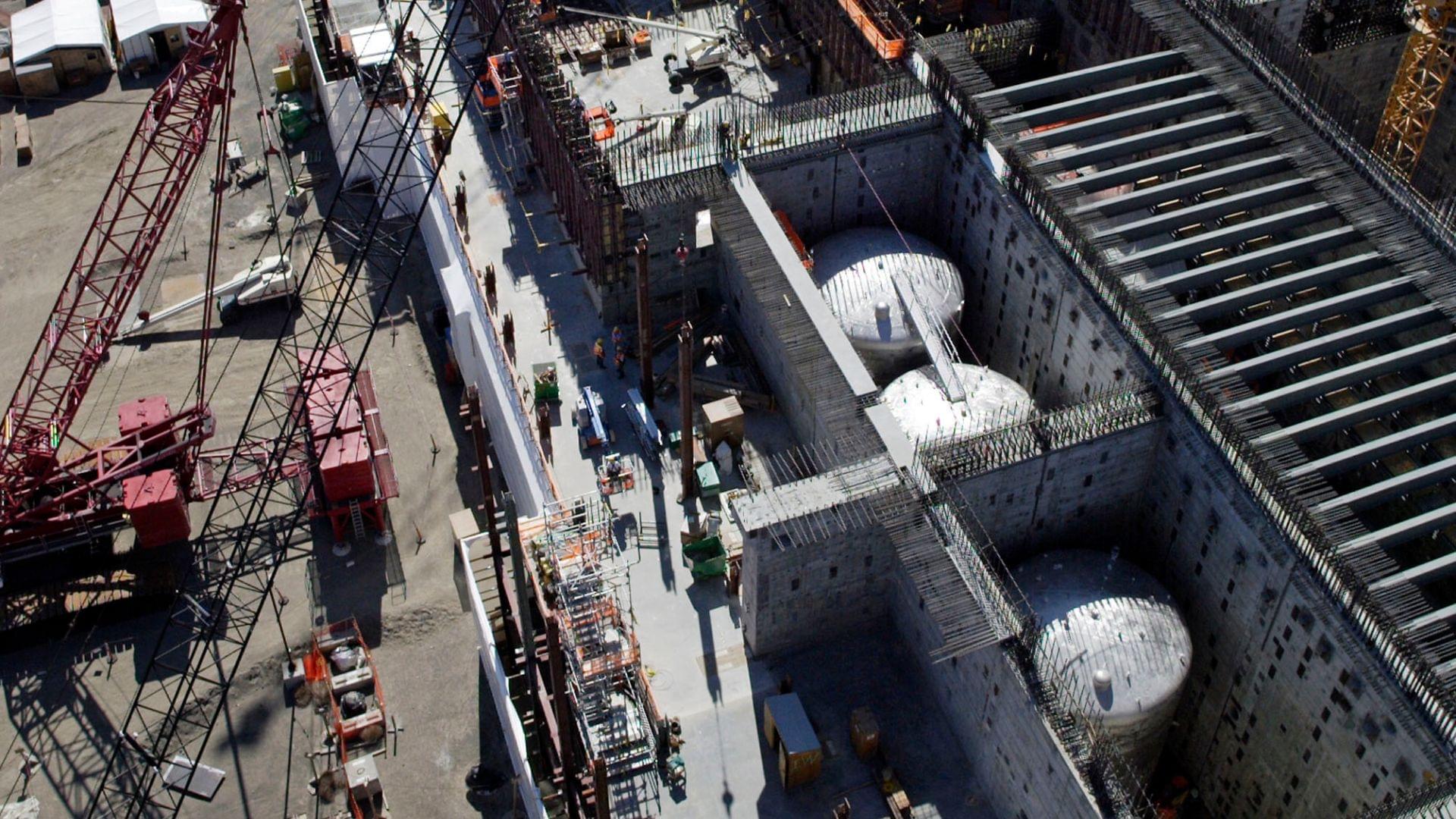
US nuclear graveyard scanned with advanced LiDAR tech for safety, risk mapping.
The 3D imaging tool helped them come up with a detailed picture of the conditions of the safe storage enclosures for six cocooned reactors and identify potential issues.
“These inspections are critical to ensuring the cocooned reactors continue to function as designed,” said Tashina Jasso, acting director with the HFO’s Site Stewardship Division.
“The inspections are part of our commitment to reducing risk and preserving infrastructure for long-term management and safe disposal.”
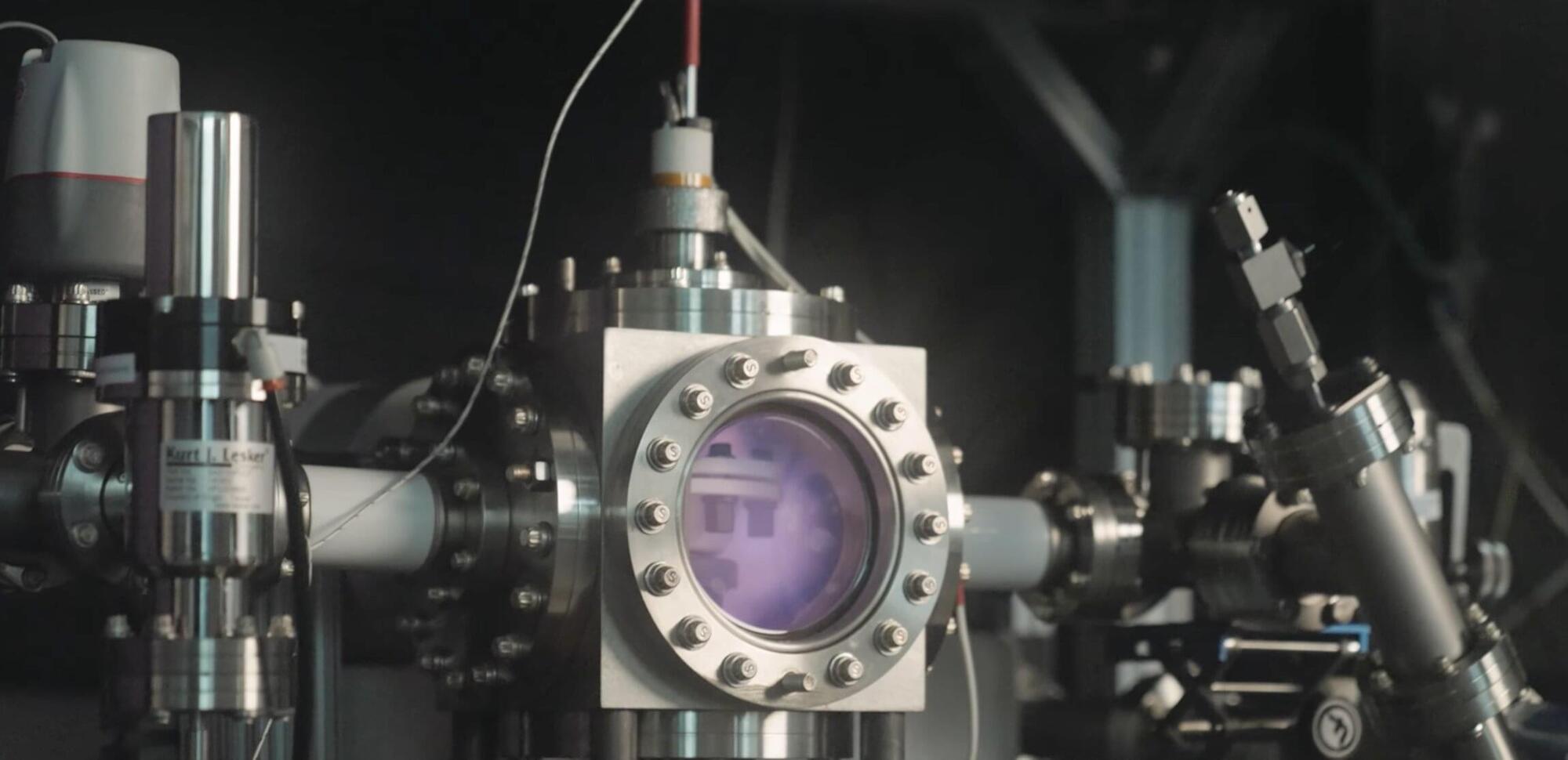
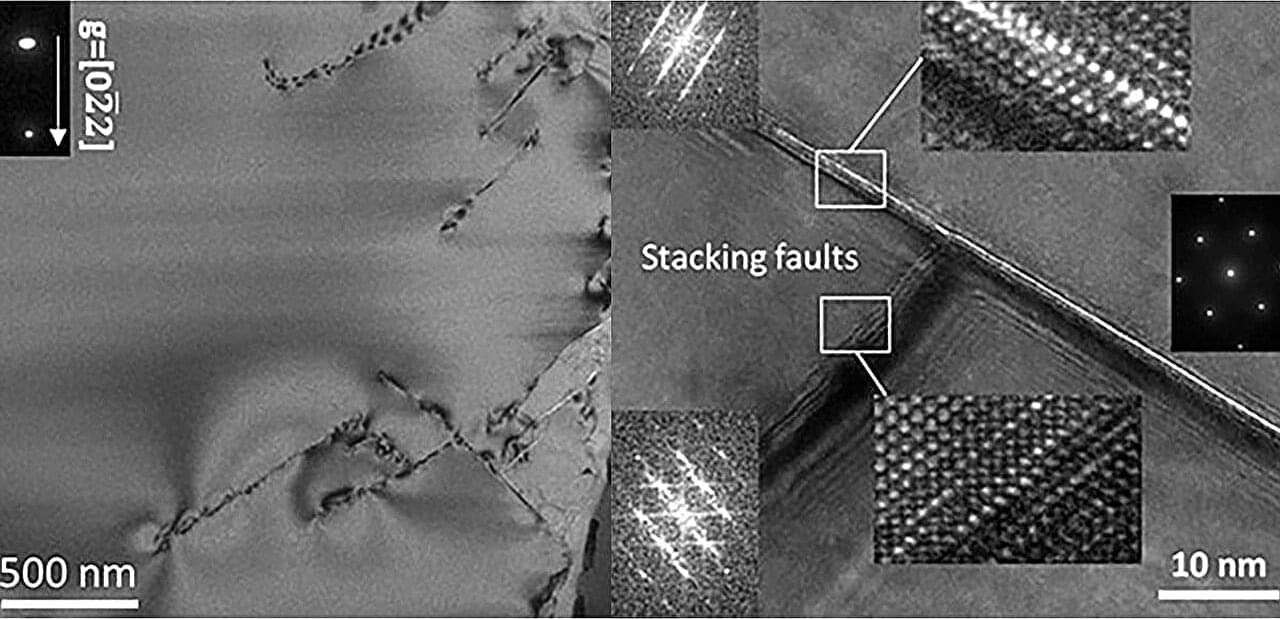
Scientists at the University of California San Diego have uncovered how diamond—the material used to encase fuel for fusion experiments at the National Ignition Facility (NIF) in Lawrence Livermore National Laboratory—can develop tiny structural flaws that may limit fusion performance.
At the NIF, powerful lasers compress diamond capsules filled with deuterium and tritium to the extreme pressures needed for nuclear fusion. This process must be perfectly symmetrical to achieve maximum energy output.
By using a high-power pulsed laser to simulate these extreme conditions, researchers found that diamonds can form a series of defects, ranging from subtle crystal distortions to narrow zones of complete disorder, or amorphization. These imperfections can disrupt the implosion symmetry, which in turn can reduce energy yield or even prevent ignition.

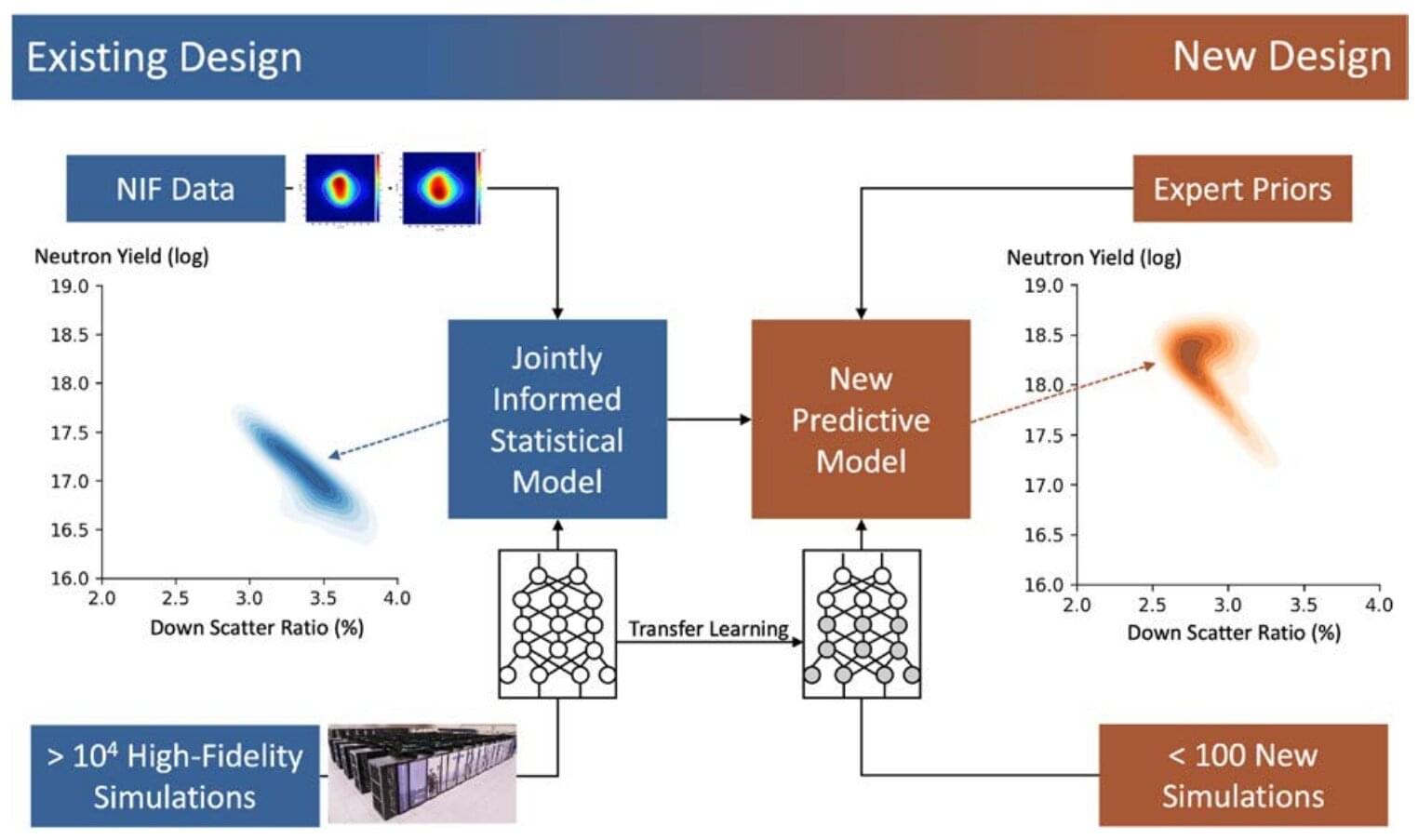
Practical fusion power that can provide cheap, clean energy could be a step closer thanks to artificial intelligence. Scientists at Lawrence Livermore National Laboratory have developed a deep learning model that accurately predicted the results of a nuclear fusion experiment conducted in 2022. Accurate predictions can help speed up the design of new experiments and accelerate the quest for this virtually limitless energy source.
In a paper published in Science, researchers describe how their AI model predicted with a probability of 74% that ignition was the likely outcome of a small 2022 fusion experiment at the National Ignition Facility (NIF). This is a significant advance as the model was able to cover more parameters with greater precision than traditional supercomputers.
Currently, nuclear power comes from nuclear fission, which generates energy by splitting atoms. However, it can produce radioactive waste that remains dangerous for thousands of years. Fusion generates energy by fusing atoms, similar to what happens inside the sun. The process is safer and does not produce any long-term radioactive waste. While it is a promising energy source, it is still a long way from being a viable commercial technology.

Scientists unveil nuclear battery with 50-year lifespan and triple efficiency.
Researchers in China have developed a novel nuclear battery that can withstand at least half a century of radiation and deliver three times the energy efficiency of conventional designs.
The team set out to improve battery performance in extreme environments, led by Haisheng San, PhD, a professor at Xiamen University, and Xin Li, PhD, a researcher at the China Institute of Atomic Energy.
According to the scientists, conventional power systems, especially those used in extreme conditions such as space or deep-sea infrastructure, struggle with long-term reliability.
Google inks historic US deal to buy Gen IV nuclear power for data centers.
Google inks first-ever U.S. utility deal for a Gen IV nuclear plant, as AI-driven energy needs revive interest in small modular reactors.
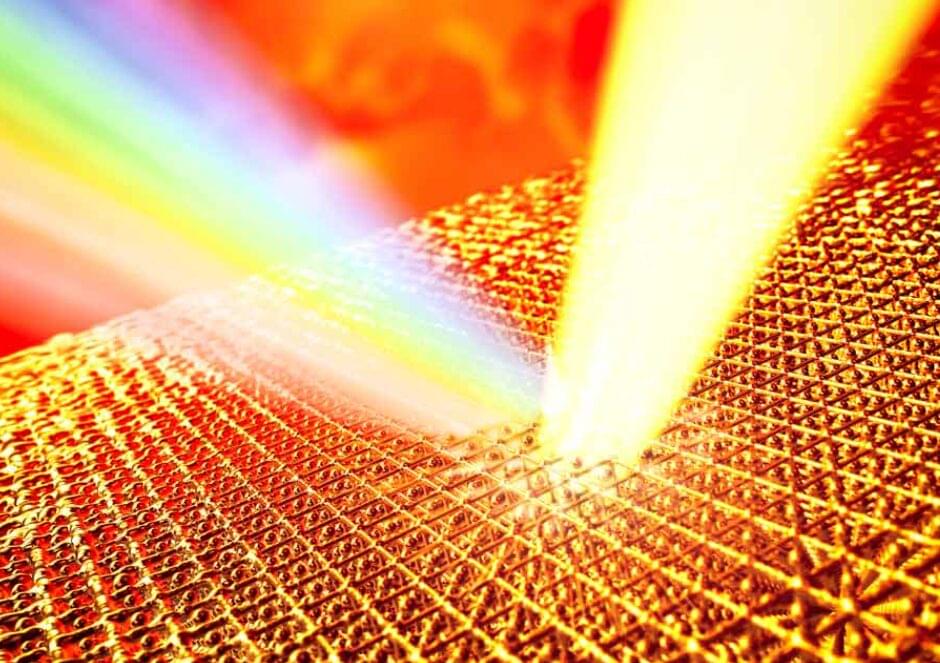
Gold was superheated to 19,000 Kelvin without melting, defying physics and unlocking new possibilities in high-energy research. Physicists have heated gold to over 19,000 Kelvin, more than 14 times its melting point, without melting it, smashing the long-standing “entropy catastrophe” limit. Using an ultra-fast laser pulse at SLAC’s Linac Coherent Light Source, they kept the gold crystalline at extreme heat, opening new frontiers in high-energy-density physics, fusion research, and planetary science.
Scientists have simultaneously broken a temperature record, overturned a long-held theory and utilized a new laser spectroscopy method for dense plasmas in a groundbreaking article published on July 23 in the journal Nature.
In their research article, “Superheating gold beyond the predicted entropy catastrophe threshold,” physicists revealed they were able to heat gold to over 19,000 Kelvin (33,740 degrees Fahrenheit), over 14 times its melting point, without it losing its solid, crystalline structure.